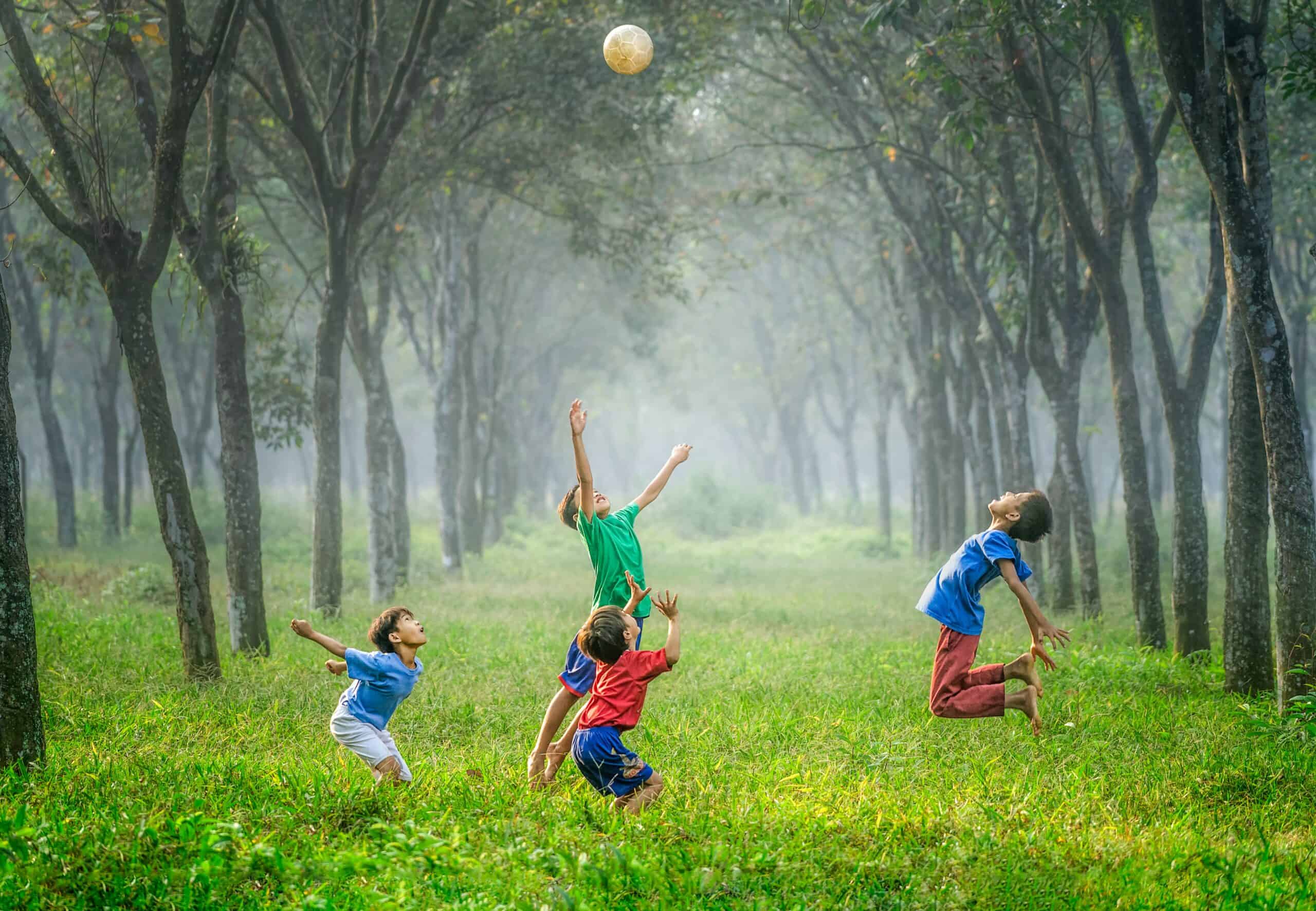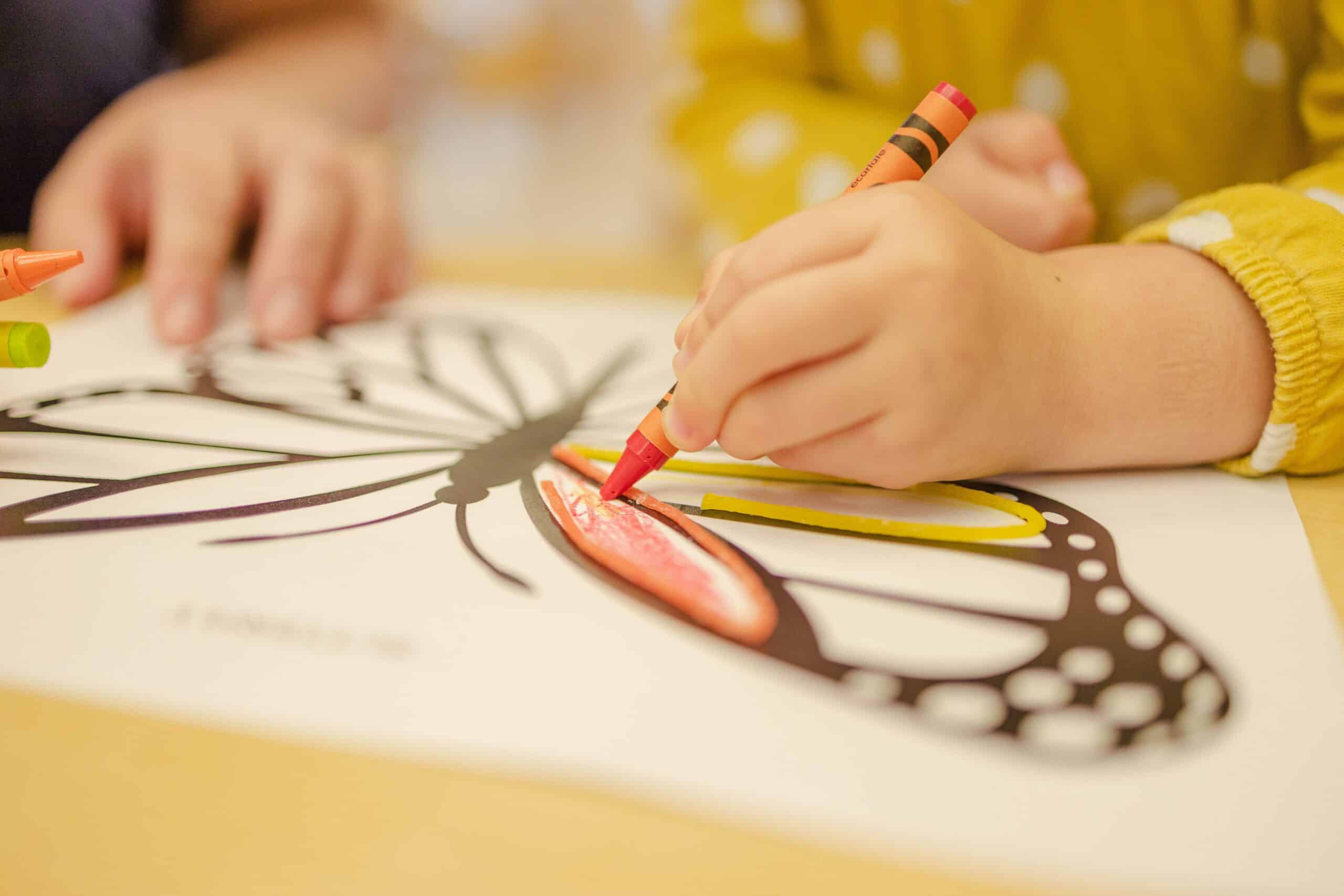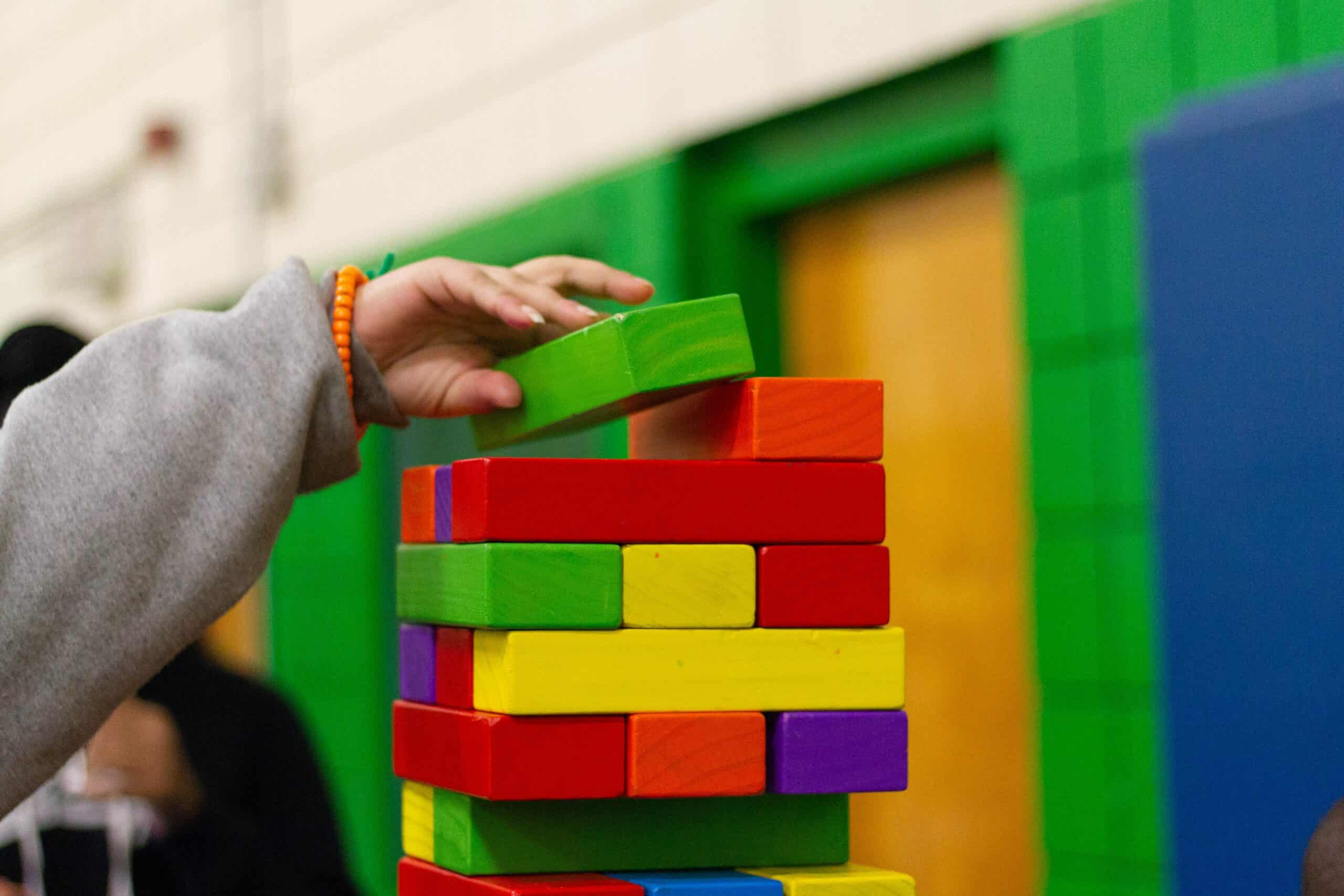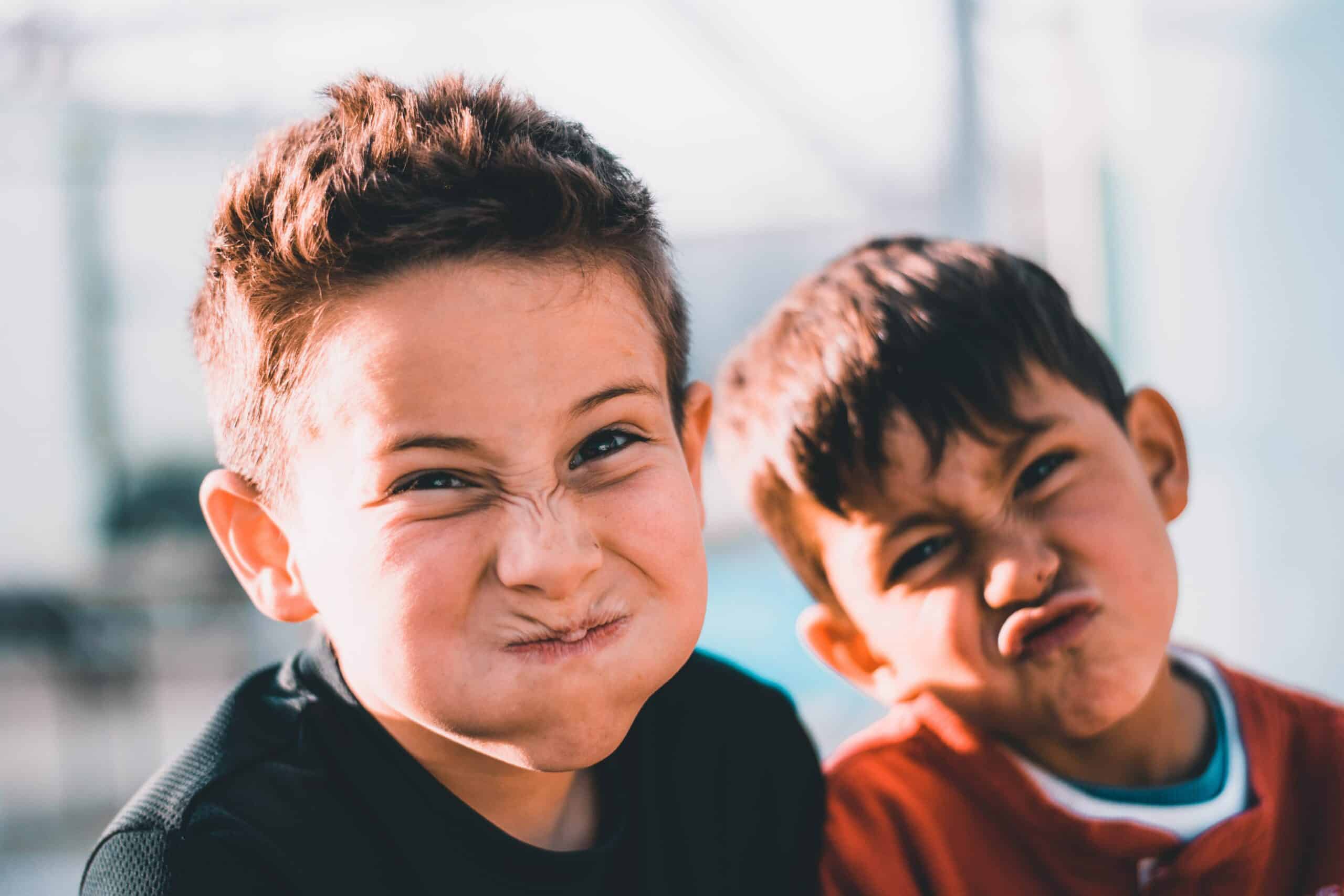If you want your kids to progress their skills, you need to find a way to help them focus better and include fun brain breaks for kids.
Brain breaks are small mental breaks that help the kids stay more focused. Think of the brain as a fuel gauge that shows information. When the kids are focused and working hard on their tasks, the meter is usually full. They can easily concentrate and pass experiences into their long-term memory.
But when the needle starts to drop, you may observe that your kids are feeling anxious or looking restless. New information, experiences, and knowledge are not getting processed from the working memory into the long-term memory.[1]
It’s here that brain breaks make the most difference, as they allow us to “top-up the tank” or reset the gauge so that your kids can continue to learn and focus at a higher level.
Table of Contents
Brain Breaks for Kids: Are They Necessary?
If you’ve been home tutoring, you’ll appreciate how brain breaks for kids help children in many ways. They reduce stress and frustration and allow your kids to solve difficult problems.
The stress effect can be compounded, and it’s here that brain breaks can be a lifesaver. [2]
The following is a selection of brain break ideas for kids. You’ll see that some are physical activities while others are more relaxing. It’s always great to test them out to see which ones connect best with your children.
It’s okay to repeat the same brain breaks. Having a clear name and mission for brain breaks can help keep your child excited, knowing that they’ll have the opportunity to take part in a future round of the activity.
Here are some active brain breaks for kids that you can try out. We’ve divided these brain breaks into five categories – physical and play, sensory, skill-building, creative, and relaxing.
Physical and Play Brain Breaks for Kids
These physical brain breaks are similar to exercises that do wonders to help students improve in school.[3]
Want to get your kids moving? Take a look at these fun and interesting kids’ brain break activities.
1. Dance Party
Put five or six different types of songs on to serve as your brain break. Include classics like “baby shark” or the “hamster dance.” Dim the lights if possible and have the kids dance to the tunes. Then, change the tunes and change the dance style. It’s silly and fun!
2. Freeze Dance
Similar to Dance Party, have your kids or classroom students will have to “freeze” and stay perfectly still when the music stops. Once the music restarts, then the dancing continues.
You can make this more fun and challenging by throwing in a “no smiling challenge.” If any of the kids smile, then they are out.
3. The Frog
This is where you ask your kids to squat like a frog, then lean forward, so their heads and feet are on the floor. These are all old yoga poses, so have a look through a booklet or website for some safe ideas.
Other examples are grabbing your nose with your left hand and touching your knee with your right elbow.
4. Limbo
The classic limbo activity is always a great brain break activity for kids. All you need is a belt or a string, and each child or student can take turns going underneath. This activity also helps with flexibility and stretching.
5. Floor is Lava
This is a fun and active brain break that will get your kids moving and having a good time. You can play this either indoor or outdoors. The object of the activity is to have one person enter the room and yell, “floor is lava!” Everyone has five seconds to get their feet off the floor and whoever is still touching the floor loses.
Sensory Brain Breaks for Kids
Brain break activities for kids don’t always have to get them sweating. Sometimes, it’s all about engaging their different sensory skills.
6. Keep It Up
The object of the activity is to keep a balloon from touching the floor. Make the activity challenging and competitive by having multiple balloons.
Whoever keeps the balloons up the longest or the team with the most balloons in the air wins.
7. Swapsies
Have all participants stand behind a chair. Call out a character trait, like “everyone with brown eyes.” The kids then have to swap places with someone else who has the same characteristic.
If they have nothing that matches, they stay put.
8. Coloring Sheets
Coloring sheets are another way to relax the mind and use sensory skills. This activity also does wonders to help the motor skills of children.
9. Kaleidoscope
Playing with kaleidoscopes are fun ways to relax. They are mesmerizing and like a peaceful vortex that sucks you into them. Turn this brain activity into a fun DIY project you can do at home with simple materials like recycled paper tubes, tape, clear plastic packaging, and markers.[4]
10. Scavenger Hunt
For this brain break, make a list of the things your kids or students need to find throughout a specific area, such as the classroom or playground. In each brain break session, they can find a specific item on the list.
Skill Building Brain Breaks for Kids
Skill building is integral for children. These quick activities will re-energize kids in the best way possible.
11. Human Knot
Gather all the kids in a circle and have everyone hold hands, and then ask the kids to go over or under each other. This creates a knot, and you can have the other kids try to untangle them and return everyone into a circle.
This makes for a fun and competitive skill-building activity while teaching the importance of communication and teamwork.
12. Stack Them High
For this game, students should have plastic cups and paper squares, or they can use blocks. The goal is to make the highest tower possible or make a triangle or even a pyramid.
13. Pizza Delivery Time
Give each child a paper plate and tell them to hold the plates above their heads with a flat hand. They then run around the room and try to keep the plate in their hand.
A fun challenge would be having other kids knock the plates off. There’s a penalty if the plate touches the floor.
14. Secret Handshake
Create a secret handshake, and then teach it to them. To make it more interesting, you can ask the kids to add new moves that makes it extra challenging.
15. Basic Words in a New Language
Teach kids basic words of an unfamiliar language like “good morning” or “hello.” The kids may even find a language they will love. According to research, children tend to learn new languages faster than adults.[5]
Creative Brain Breaks for Kids
Creativity is a skill every child should master. When you exercise these creative brain breaks, you’ll be surprised at what kids come up with.
16. Simon Says
This brain break for kids is an old favorite. You can also mix it up with martial arts moves, Fortnite dances, superhero moves, etc.
17. Animal Movement
Imitating animal movements is fun for younger children. Shout out the name of an animal, and the kids have to jump into the animal’s pose or make the noise of the animal.
18. Talent Show
This is a kid’s brain break that gives them a chance to show off their skills and talents. Give your kids the opportunity to perform a talent like painting, singing, or dancing.
19. Charades
For this classic creative brain break, write down some phrases, movies, or objects that fall in one category.
Then, let the kids take turns choosing one from a bowl. Let them act out the word that they chose and see how many kids can guess it.
20. Alphabet Game
Choose a category such as animals, jobs, movies, foods, or countries. Then, let the kids take turns naming something from that category, starting from the letter A.
Relaxing Brain Breaks for Kids
Kids don’t always have to energize. Sometimes, a little relaxing session is a fun way to calm and ease their minds. These are brain breaks for kids that reduce stress and anxiety.
21. Meditation
There are many proven benefits of meditation, including reducing anxiety. There are lots of great examples already pre-recorded on YouTube that you can follow along with.
- For preschool children, a few minutes per day.
- For elementary school children, 3-10 minutes, twice a day.
- For teens, 5 to 45 minutes per day or according to preference.[6]
22. Reading/Listening to a Story
When asked about how their kids employ brain breaks at home, there was a clear winner among the families—listening to a story or reading a story.
The feedback was that the process of daydreaming a little helps the kids to recharge. But the story needs to be engaging.
23. Doodling
Doodling gives your children a few minutes to draw anything they want. It can be calming for them, and it’s a lot more fun if you have different types of pens or crayons available to use.
Add some soft music, and you have a simple way to take some time to relax.
24. Deep Breathing
Another great activity is deep breathing. Deep breathing is an epic way to help your child slow down. It is a quick way to relieve anxiety so that they feel more ready for the next task ahead.
Try this: put your hands on your tummy, breathe through the nose, and feel your belly expand like a balloon. Hold it here for 4 seconds, then slowly breathe out through the mouth while feeling your stomach get smaller.
25. Going Outside
Fresh air always feels nice. You can combine this with a treasure hunt, looking for different colored cars, types of birds, or even types of trees.
One thing you can try is to use a mushroom spotting app on your phone to find and identify a mushroom. Along with safety precautions, this is surprisingly engaging for children. It gives kids a change of scenery and helps revitalize the senses, providing a welcome break from their homework.
How Often Should You Introduce Brain Breaks?
The key to brain breaks is their timing. Try to introduce them before the kids are overwhelmed with fatigue or their loss of focus has set in. You’ll find a great balance between breaks and effort.
Younger students tend to have a smaller amount of working memory than older kids. For 12-year-olds, 15 minutes of training would work. For younger kids, try doing a five-minute brain break activity.
Final Thoughts
Implementing calming brain breaks for kids is an efficient way of introducing brain breaks. You have a quick way to allow your students to learn about regulating themselves. Balancing their mind and energy is a useful skill, and you can take this with you everywhere you go.
Our martial arts center revolutionized our approach to coaching by using brain breaks for kids. We found that although we were teaching less technical skills, there was now consistent progress from the students. Plus, everyone is less anxious, happier, and having more fun. This is a win overall.
If you’ve been having challenges with your kids focusing at home, maybe try a mixture of calming and active breaks to see which types work best for your kids.
Featured photo credit: Robert Collins via unsplash.com
Reference
| [1] | ^ | SimplyPsychology: Working Memory Model |
| [2] | ^ | BrainFacts.org: Kids Need Brain Breaks — And So Do Adults |
| [3] | ^ | Western Governors University: Exercise and the Brain: How Fitness Impacts Learning |
| [4] | ^ | Handmade Charlotte: Make Your Own Kaleidoscope |
| [5] | ^ | TELC: Do Children Really Learn Languages Faster than Adults? |
| [6] | ^ | Cleveland Clinic: Meditation for Kids: The Basics and the Benefits |

















































